Search
Search Results
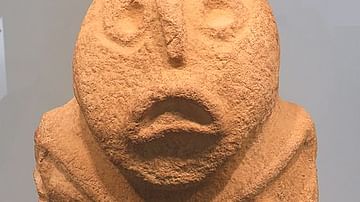
Definition
Lepenski Vir
Lepenski Vir (Serbian Cyrillic: Лепенски Вир, “Lepena Whirlpool”) is an ancient settlement on the banks of the Danube in eastern Serbia; more precisely, in Boljetin village, near Donji Milanovac. The site shows evidence of a culture...
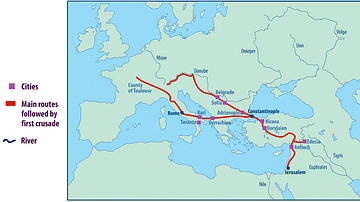
Image
Map of the First Crusade Routes
"This map shows the main routes taken by those who joined the First Crusade. The appeal was made by Pope Urban II in November 1095 CE but crusaders did not set out until the following summer. One route went through Hungary crossing the Byzantine...
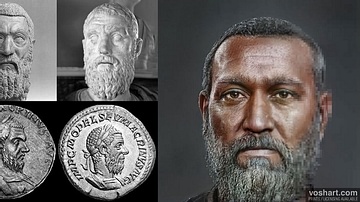
Image
Macrinus (Facial Reconstruction)
A photorealistic reconstruction of what the Roman emperor Macrinus (r. 217-218 CE) may have looked like. Based on contemporary and near contemporary descriptions, as well as archaeological evidence. Pictured alongside the reconstruction...
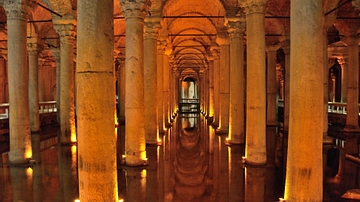
Image
Columns of Basilica Cistern, Istanbul
Located across the Hagia Sophia Museum, Yerebatan Sarayi is also known as the Basilica Cistern because of a basilica that was once located nearby as a cultural centre. It is the largest surviving underground cistern of Istanbul. Fatih Cistern...
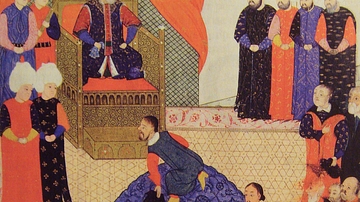
Image
John Sigismund of Hungary with Suleiman I
An Ottoman court artist's impression of the Hungarian King John Sigismund Szapolyai (r. 1540-1551 CE; 1556-1570 CE) paying homage to the Ottoman Sultan Suleiman I the Magnificient (r. 1520-1566 CE), in 1556 CE at Zemun (part of modern-day...
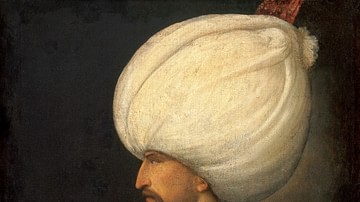
Definition
Suleiman the Magnificent
Suleiman the Magnificent (aka Süleyman I or Suleiman I, r. 1520-1566) was the tenth and longest-reigning sultan of the Ottoman Empire. Hailed as a skilled military commander, a just ruler, and a divinely anointed monarch during his lifetime...
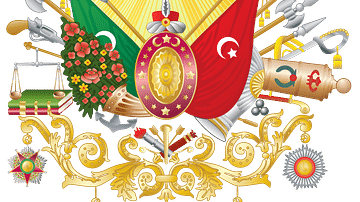
Definition
Ottoman Empire
The Ottoman Sultanate (1299-1922 as an empire; 1922-1924 as caliphate only), also referred to as the Ottoman Empire, written in Turkish as Osmanlı Devleti, was a Turkic imperial state that was conceived by and named after Osman (l. 1258-1326...
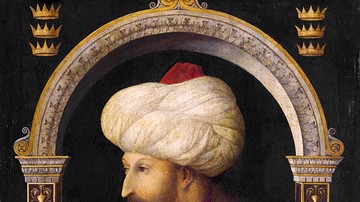
Definition
Mehmed II
Mehmed II (1432-1481 CE), also known as Mehmed the Conqueror, was the seventh and among the greatest sultans of the Ottoman Empire. His conquests consolidated Ottoman rule in Anatolia and the Balkans, and he most famously triumphed in conquering...
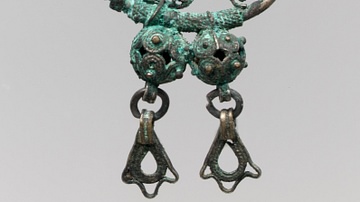
Definition
Avars
The Avars were a confederation of heterogeneous (diverse or varied) people consisting of Rouran, Hephthalites, and Turkic-Oghuric races who migrated to the region of the Pontic Grass Steppe (an area corresponding to modern-day Ukraine, Russia...
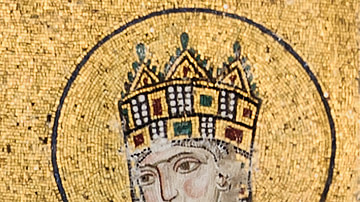
Definition
Empress Zoe
Zoe Porphyrogenita was empress of the Byzantine Empire from 1028 CE until her death in 1050 CE. In an eventful career, she reigned alongside three husbands, had a hand in the succession of her adopted son, and, in 1042 CE, she was co-ruler...